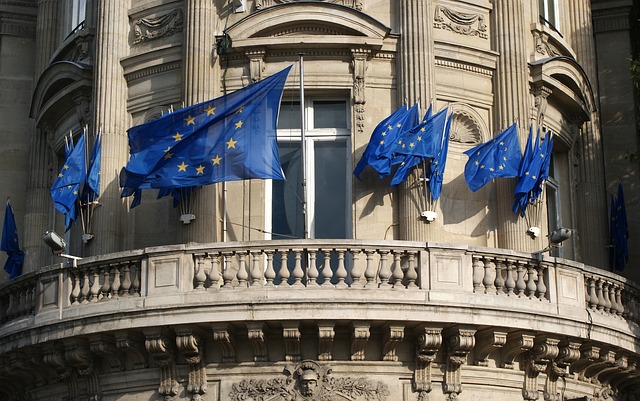
July 2016 Issue
Read, Comment and Enjoy!
Join Translation Journal
Click on the Subscribe button below to receive regular updates.
Some Facts: How Does the Translation Centre for the Bodies of the European Union Work?
- Details
- Written by Laura Bazzurro

The Translation Centre for the Bodies of the European Union is one of the smaller translation services of the EU, regularly translating documents in an extremely varied range of subjects into and out of all 20 official languages of the European Union. So how does it operate? What are its deadlines? How does it meet them?
The Translation Centre for the Bodies of the European Union was created on 28th November, 1994, to make a rational response to the translation needs of a large number of European agencies and offices. The Council enlarged this role in 1995, considering that it was necessary to strengthen inter-institutional cooperation in the field of translation.
Its largest translation job is the translation of the list of goods and services in trademarks applications for the OHMI European agency based in Alicante (Spain). This is a weekly on-going project which amounts to several thousands of pages per week in 38 language combinations.
About 40% of the translation work is translated by external translators. The Centre has approximately 700 contracts with freelance translators, about 50% of these contractors are agencies, 50% are individual translators.
The Centre´s work with freelance translators is governed by the rules for public procurement applicable to all EU services. Depending on the size/field/language combination of a translation job they either publish calls for tenders or negotiate with individual translators/free lance agencies.
Within the framework of its activities, the Centre calls on external translators, are selected on the basis of procurement procedures. You will find all the information as regards ongoing calls for tenders in their web site: www.cdt.eu.int
They do have a quality control system as the Centre is a member of the European Foundation for Quality Management. All translations done by external contractors and most of the in-house translations are proof-read.
The Centre has used translation memory software since 1997 very systematically for numerous translation projects, clearly benefiting not only in terms of productivity but also of coherence in terminology. However, the technology also creates some over-head that should not be underestimated. The use of computers has clearly a major impact on the work of translators, the machine assists translators in doing their job better.
The Centre uses a large number of Internet resources, namely the web sites of their part agencies. Since summer 2004 all terminology work is done in the inter-institutional terminology database IATE. This database is not yet accessible to the public, but this is planned for the first quarter of 2006.
The Centre offers translation services in the 20 official languages of the EU, and some others. The combinations they work in depend on the language policies of their clients. In practise some languages combinations are more frequent than others.
What are the main difficulties the Translation Centre has to contend with, and how do you try to overcome them?
The main difficulties the Translation Centre has to contend with is the lack of providers of translation services for a number of very specialised fields and/or linguistic combinations. Market research and visits to the “new” countries to have a better grasp of the offer are some of the actions undertaken.
If you want to find out more about this Centre please go to: www.cdt.eu.int
